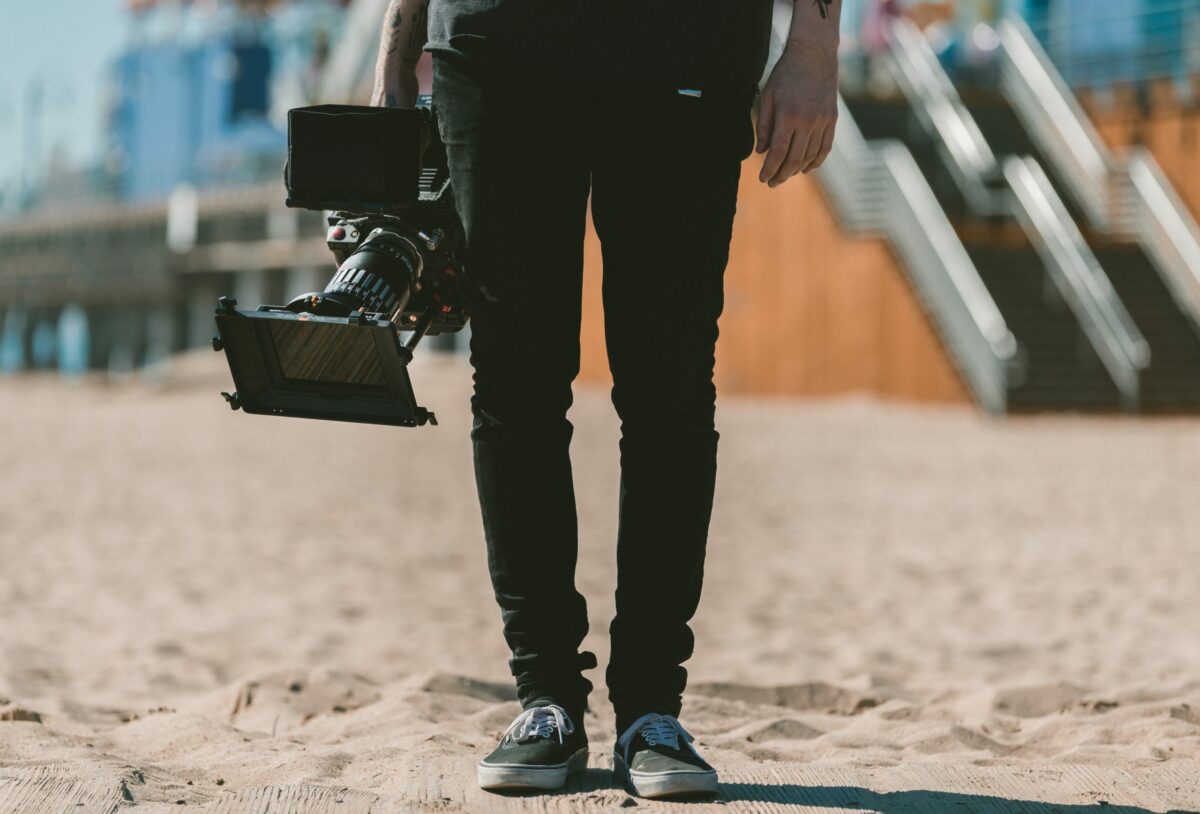The shift towards video being the dominant form of marketing began slowly.
What was initially nothing more than a snowball becoming an avalanche of epic proportions faster than anybody could have predicted, catching many businesses off-guard.
Surveys conducted in 2019 showed that most people prefer to consume content in video form, although television advertisements do suggest that this is not true in every case.
Today, in 2021, video accounts for around 80% of all consumer internet traffic.
Accordingly, all the major providers of streaming video content including Google, Amazon, and Netflix, are doubling the size of their storage area networks every single year.
Given this obvious upwards trajectory, forming a coherent video marketing strategy has become more important than ever – even for smaller brands.
Planning & Scripting
The age-old technique of storyboarding still hasn’t gone away and is as useful as ever in modern promotional video.
It doesn’t matter if it’s just a single page featuring a dozen or so comic strip style segments highlighting the flow of the piece, you can get across so much more in those twelve pictures than you can in a page of text.
E-Mail the finished storyboard off to everybody concerned, and once universally approved, be sure to print plenty of these off and distribute on the day of filming.
As for scripting, this one should go without saying really – off-the-cuff videos CAN work, whereas well-scripted videos DO work.
If the project (or somebody high up involved in it) demands that the video be shot completely spontaneously, you had better hope it goes right on the first take as you lose more and more of the natural feeling that such videos provide with ever successive take.
Whatever happens, you are sure to have a much longer, and harder time in the editing room with any video which hasn’t been shot to script using actors who know their lines.
There’s good news, too – modern tools such as Google Docs make scripting easier and faster than ever before.
Real-time comments allow people both at both ends of the food chain to make suggestions without altering the core text, and you can even get the actors involved in the process as well.
Get the Audio Right
There are essentially three parts to the sound aspect of a modern-day promotional video:
- Music
- Sound Effects
- Voice Overs
Music can often be overlooked when so much attention is being concentrated on shooting the perfect video footage.
Unlike video, music is not a natural product of the planning and scripting you have already performed, although it is often simple to derive the correct tone, tempo, and volume just by considering the subject matter.
Getting the background music for videos right can instantly elevate your video from feeling like an amateur production to a professional one.
Music holds people’s attention, and specific keys often subconsciously induce specific emotions.
You may find that you need to pay a composer to create the perfect original score, so be sure to budget suitably to ensure you can afford the right music to accompany your footage.
Sound effects should be used sparingly on most occasions – you shouldn’t have too much trouble determining when an additional sound effect acts as an enhancement.
Sometimes, the sounds you capture on video whilst shooting are more than adequate with slight tweaks to their volume.
Finally, a narrator is rarely absent from a promotional video – hiring in a big name whose voice people will instantly recognize might win you a few points in some circles, but choosing a voice and tone that fits with your video footage and music choice is likely to be much more effective and therefore important.
If you don’t have the right equipment to acquire high quality vocals, book a room in a professional recording studio for an hour.
This should be more than ample time for your vocalist to record each line dry several times, as well as a handful of “wet” versions (where the vocalist watches the video whilst listening to the music through headphones at the same time) if you are shooting a short video of no more than 30-180 seconds in length.
It’s All in the Edit
Understanding how to use your cameras – or hiring somebody who does – is clearly the most efficient way of getting great results quickly.
No matter how good your team is, however, things do just tend to not run perfectly on the day.
Set up your studio the best you can well in advance and prepare your talent by familiarizing them with the final layout prior to filming day.
Be sure to organize your takes as you go along – it is usually best not to delete anything on the day as you never know what small segments could come in handy later, but organizing takes into “Musts”, “Maybes” and “Doubtful” tiers during downtime will be an effective timesaver later.
If you are hiring somebody else to create the final edit, every hour you spend with them will likely cost you big bucks, so have your memory cards laid out in a manner that makes sense to you.






























